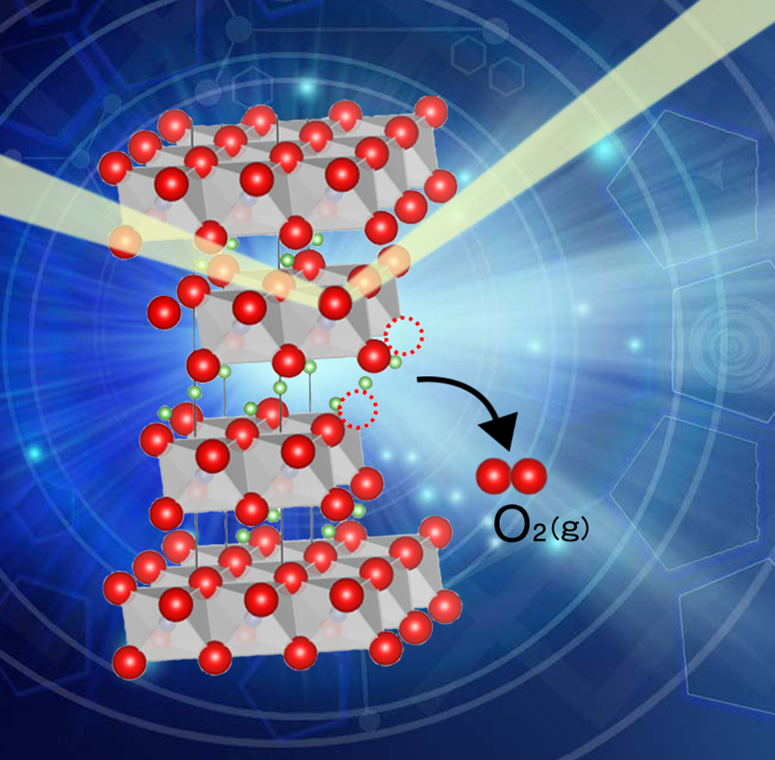New insights into the discharge of oxygen in lithium-ion batteries have been gained by a research team, thereby laying the basis for safer and stronger high-energy-density batteries.
 Oxygen release from battery materials which can cause thermal runaway. Image Credit: Takashi Nakamura.
Oxygen release from battery materials which can cause thermal runaway. Image Credit: Takashi Nakamura.
Next-generation batteries that are capable of storing more energy are considered to be crucial if society is to meet the UN’s Sustainable Development Goals and achieve carbon neutrality. However, the higher the energy density, the greater the chance of thermal runaway — the overheating of batteries at times can lead to the explosion of battery.
Oxygen discharged from cathode active material is a cause for thermal runaway. However, this process is poorly understood.
Scientists from Tohoku University and the Japan Synchrotron Radiation Research Institute (JASRI) analyzed the oxygen release behavior and associated structural changes of cathode material for lithium-ion batteries LiNi1/3 Co1/3Mn1/3O2 (NCM111). NCM111 serves as a model oxide-based battery material via X-ray diffractions and coulometric titration.
The scientists found NCM111 accepts 5 mol% of oxygen discharge without decomposing, and that oxygen discharge caused structural disordering, the exchange of Ni and Li.
The discharge of oxygen leads to the reduction of the transition metals (Mn, Co, and Ni in NCM111), thereby reducing their potential to maintain a balanced charge in the materials.
To assess this, the scientists made use of soft-Xray absorption spectroscopy at BL27SU SPring-8—a JASRI-run large-scale synchrotron radiation facility situated in Japan.
At the starting stage of oxygen release, the researchers noted a selective Ni3+ decrease in NCM111. Following the completion of Ni reduction, Co3+ decreased and Mn4+ continued to be invariant during 5 mol% of oxygen release.
The reduction behaviors strongly suggest that high valent NI (Ni 3+) enhances oxygen release significantly.
Takashi Nakamura, Study Co-Author, Institute of Multidisciplinary Research for Advanced Materials, Tokohu University
Nakamura and his collaborators tested this hypothesis by preparing modified NCM111 consisting of more Ni3+ compared to the original NCM111. Fascinatingly, they found that the NCM111 showed much severe oxygen release compared to what was predicted.
Depending on the results, the researchers suggested that the high valent transition metals tend to destabilize lattice oxygen in oxide-based battery materials.
Our findings will contribute to the further development of high energy density and robust next-generation batteries composed of transition metal oxides.
Takashi Nakamura, Study Co-Author, Institute of Multidisciplinary Research for Advanced Materials, Tokohu University
Journal Reference:
Hou, X., et al. (2021) Lattice Oxygen Instability in Oxide-Based Intercalation Cathodes: A Case Study of Layered LiNi1/3Co1/3Mn1/3O2. Advanced Energy Materials. doi.org/10.1002/aenm.202101005.